n00bdiamond
Rough_Rock
- Joined
- Feb 24, 2014
- Messages
- 47
I read almost all threads about twinning wisps. I see a lot of statements regarding how it can affect brilliance. How exactly does it affect the brilliance? I have limited knowledge but im guessing that it can affect the refractive properties of light if the twinning wisp is in its path. How exactly would that be shown?perhaps lack of brilliance at certain angles? Ive seen claims how the lack of brilliance gets worse if you dont keep your diamond cleaned frequently. As a non expertthis does not make sense tome. Also what is a good objective measure of measuring the reduced brilliance? Based on my readings aset nor ideal scope images help. Please correct me if im wrong. Thanks.


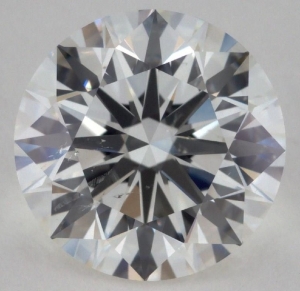
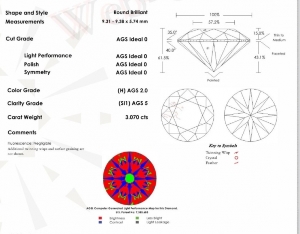
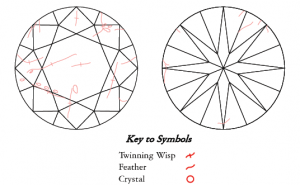
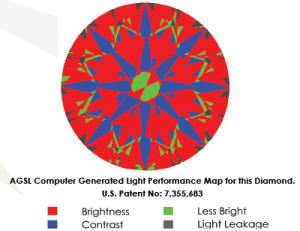
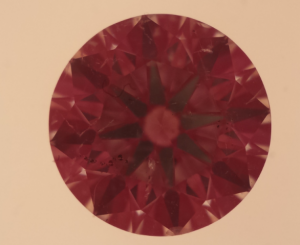
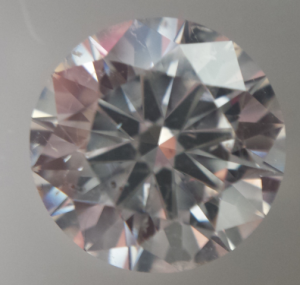


300x240.png)